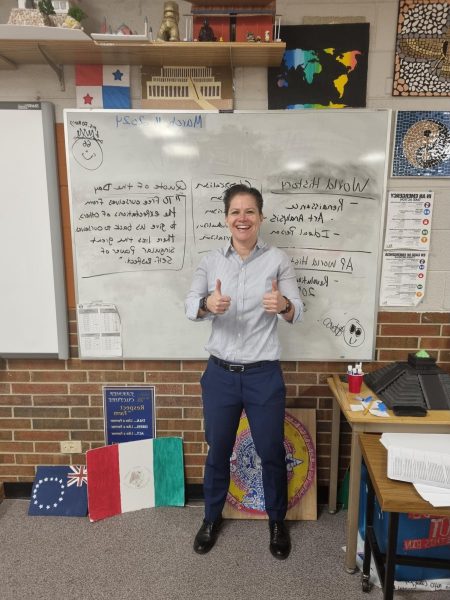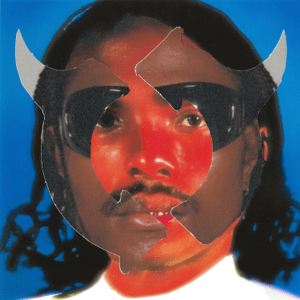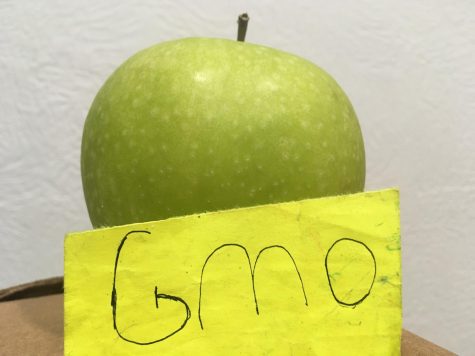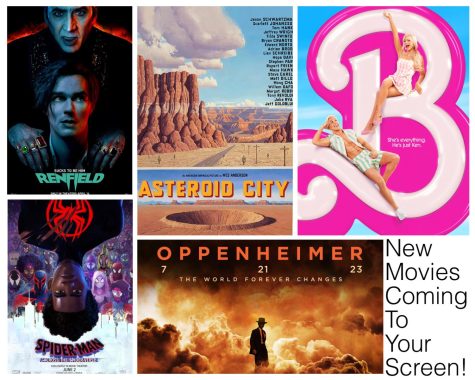Starbucks vs. Dazbog
July 11, 2017
All coffee originated in Ethiopia and was first founded in the 11th century by Ethiopian, Kaldi, though drinkable coffee was not discovered until the 15th century in the Sufi monasteries of Yemen.
Centuries later, Starbucks was first founded in 1971 by three Seattle men; Gordon Bowker, Jerry Baldwin, and Zev Siegl. Together they named their coffee shop after the first-mate of the whale-ship Pequod in the classic Moby Dick. Their first Starbucks opened in 1971 in Seattle’s Pike Place Market, and so came forth Starbuck’s most popular, boldly brewed, coffee, Pikes Place. Dazbog, on the other hand, is of Slavic origin. Dazbog, a Slavic mythological god, means’ giving god, but in the myth, Dazbog was the god of the sun.
Starbuck’s coffee beans come from three main regions: Latin America, Africa, and Asia-Pacific. Latin America consists of 15 different countries that grow coffee beans: Costa Rica, Panama, Jamaica, Dominican Republic, Puerto Rico, Colombia, Brazil, México, Guatemala, El Salvador, Honduras, Nicaragua, Ecuador, Perú, and Bolivia. These countries create a medium acidity, full body, with a rich, caramel-like sweet taste to their coffee. Africa consists of 10 coffee-producing countries: Uganda, Congo, Zambia, Zimbabwe, Yemen, Ethiopia, Kenya, Rwanda, Burundi, and Tanzania. These countries make coffee taste balanced, with a good mixture of smooth sweetness and some tart, fruity acidity. Asia-Pacific includes six countries that produces java: India, Myanmar, Sumatra, Flores, Indonesia, and Papua New Guinea. Coffee in these countries consists of smooth flavors and moderate acidity, usually full-bodied, often with earthy elements, and a somewhat dry aftertaste.
Dazbog started in Denver CO in 1996, when two Russian brothers who had fled the Soviet Union and wanted to start a new life here in Colorado. Together they started, from scratch, a new coffee franchise that would soon spread to 26 shops in Denver. As it turns out, Dazbog is a commonly used word in Russia used to send people good fortune for future endeavors. Leonid and Anatoly Yuffa had decided to name their shop after this term because after drinking coffee or tea, people experience a flowing happiness and peace of mind.
Coffee tastings are more intricate than people may realise. As corny as it may sound, there are specific steps to making coffee taste as great as it can be. Smelling the coffee brings your senses to life, so that when you taste the coffee, a stronger flavor will be present. That first taste you take of your coffee needs to be small and precise, a slurp. Slurping sprays the coffee across your entire palate and lets subtle flavors and aromas reach your nose. After locating where you taste the coffee, you describe it. I personally conducted several coffee tastings like this and interesting results were found.
I used two different coffee urns and brewed a batch of Starbucks and Dazbog, not knowing which brand was which. The tasting was done with unmarked cups in unmarked urns. The group of people that conducted the actual tasting were to take a small bit from each urn, Dazbog being on the left, and Starbucks on the right. They all tried the urn on the right first. “It’s not bitter, it’s a little bland, buts it’s not bad. I do like that it is not overpowering.” Another taster stated, “It tastes like cedar ash”. People then tasted the urn to the left. “This one is smoother and not as bitter.” The tasters then told me which one they thought was Starbucks or Dazbog. They all guessed right. While most people like the full body and overall taste of Dazbog, they prefered the after-taste of Starbucks because of the smoother and sweeter taste that most Starbucks coffee provides over the woody taste and bitterness that Dazbog provides.
It mostly depends on your personal preference on what type of coffee you like. Go to Starbucks for that level taste and Dazbog for that earthy taste.











